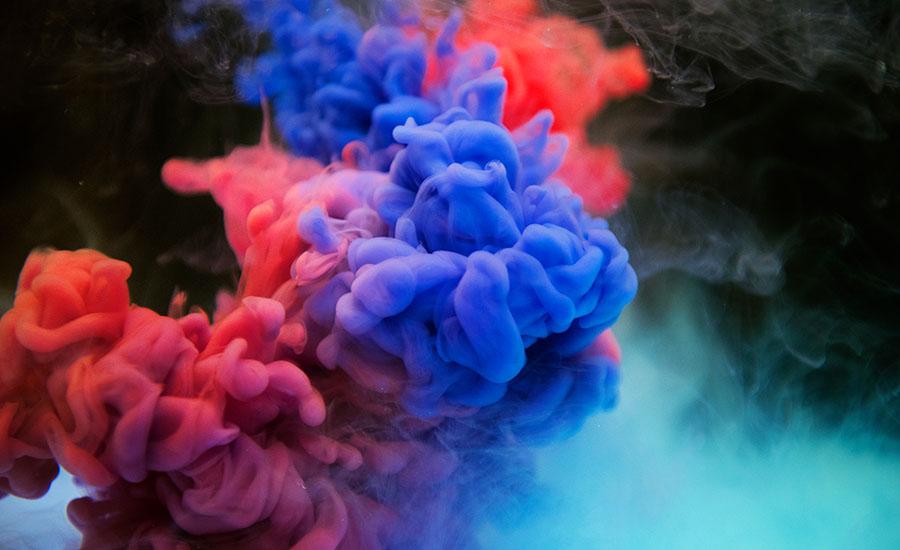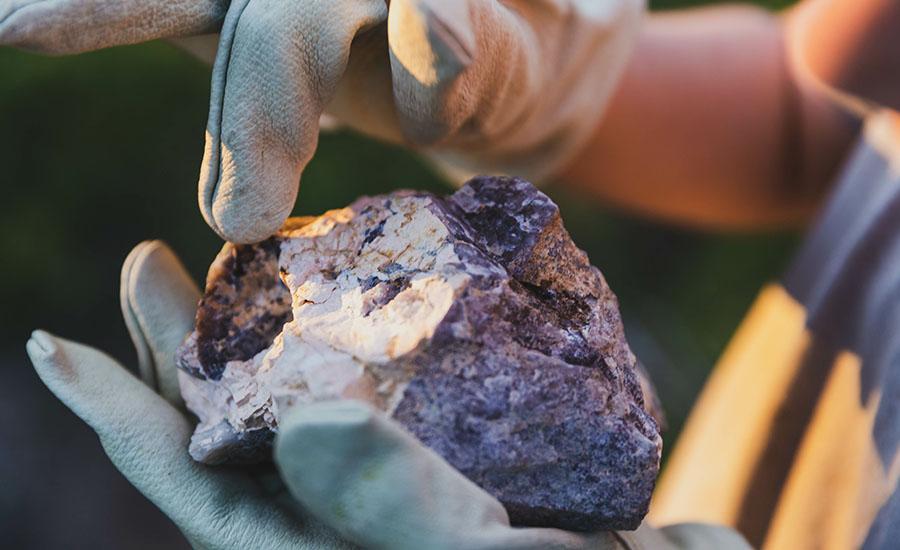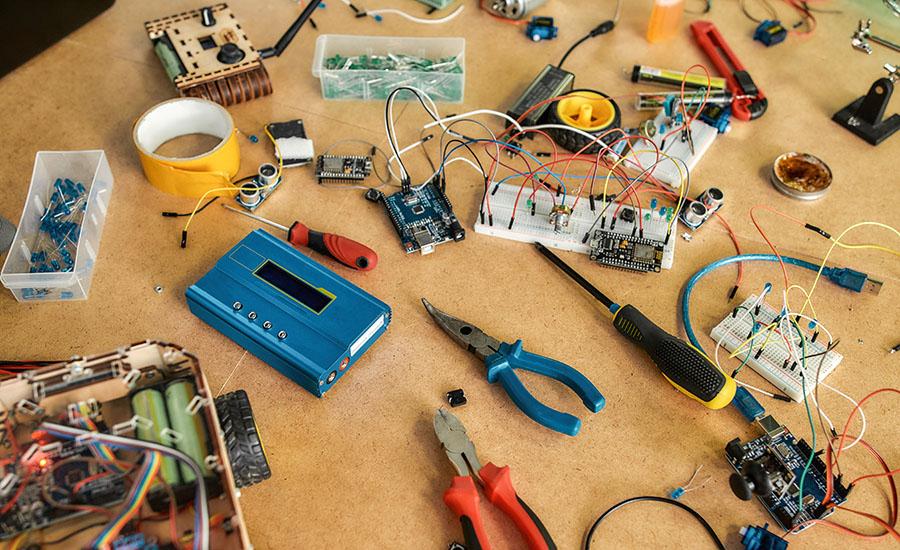
Sun Prints
by Kimberly Roach
Students will combine science and art by using an alternative photographic process called cyanotypes or sun prints. After a short introduction to the history of cyanotypes and the process of creating one, students will go on a nature walk to collect objects from nature. Once back in the classroom, students will layout their composition using the objects from nature, place their sun print composition in the sun for a few minutes, rinse the exposed sun print in water, and place on a drying rack. After 24 hours, when the cyanotype is dry, as if by magic, the area were the nature objects were appear white and the area where there were no nature objects is a cyano blue.
Lesson Plan Link/URL
https://docs.google.com/presentation/d/1aP4Tp2vFGnimucAJBF_DHkVLecpurf2d/edit?u…Subject Area
Science Physical Science P1: Matter P4: Energy Transfer Earth and Space Science E1: Earth Systems Technology 5. Computational Thinker Mathematics Statistics and Probability (SP) English Language Arts (ELA) Writing Speaking & Listening
Featured
Off
Related Content

Grades:
8th Grade, 9th Grade, 10th Grade, 11th Grade, 12th Grade
GROWING CRYSTALS PART 1, A lesson that focuses on the different types of formation of crystalline solid, its properties and the attractive forces responsible to it during chemical bonding. It is

Grades:
3rd Grade, 4th Grade, 5th Grade, 6th Grade, 7th Grade, 8th Grade, 9th Grade, 10th Grade, 11th Grade, 12th Grade
In this engaging lesson, students explore how size, strength, weight and time constraints can impact space transportation. There are a variety of resources included with this lesson.

Grades:
3rd Grade, 4th Grade, 5th Grade, 6th Grade, 7th Grade, 8th Grade, 9th Grade, 10th Grade, 11th Grade, 12th Grade
In this hands-on lesson, students use the engineering design process (EDP) to create a prototype of a device that can prevent squirrels from accessing a bird feeder. This is a great way to integrate